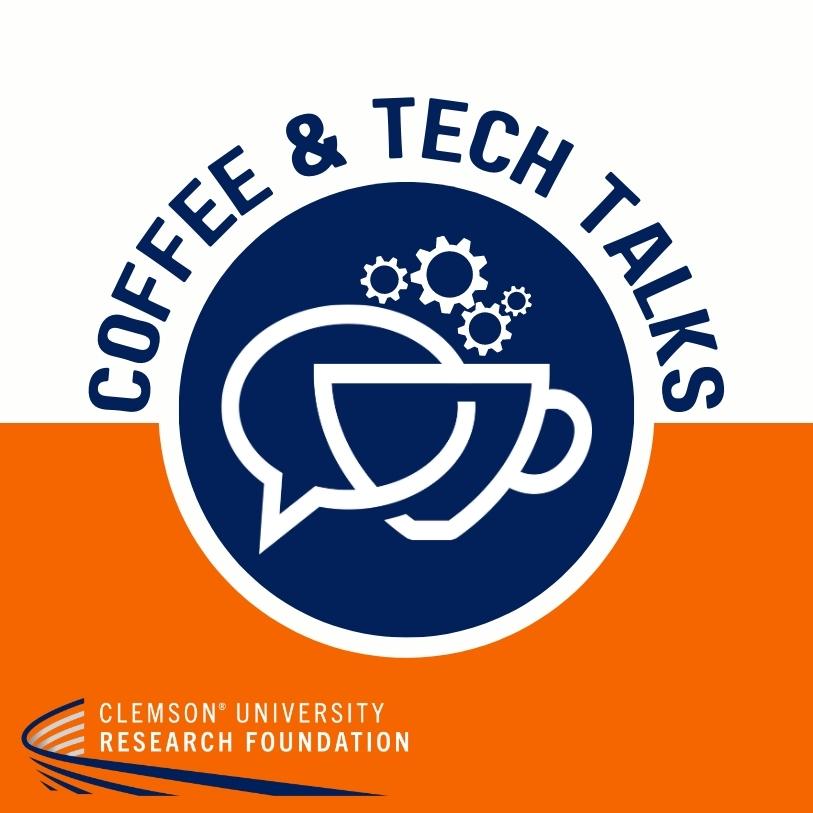The Details are Important…
The purpose of university technology transfer is to identify, protect, and successfully commercialize university-generated intellectual property, primarily through licensing to the appropriate commercial partner. The first step in this process, the Research Disclosure, is the most critical and it begins with you, the Innovator. The Research Disclosure influences everything, from evaluation to federal grant reporting requirements to innovation protection decisions. CURF has sought to improve this process to ease the burden of disclosure submissions while enhancing our ability to capture critical information for the evaluation of intellectual property (IP) protection and commercial opportunity.
CURF leverages an IP database management system, Inteum, specifically designed for technology transfer. The Inteum Inventor Portal, accessible via the CURF website at https://curf.clemson.edu/innovators/, is your gateway to the database. Once you enter the portal, you will notice that we have created three separate disclosure forms: “Device, Composition, or Process,” “Software/Copyright,” and “Plant & Plant Variety Patent.” Having distinct forms allows us to ask targeted questions related to your discovery and secure the required information for reporting. It also forms the first phase of evaluation: Technology Readiness. Whether it is your first time disclosing or you are experienced with Inventor Portal, we ask that you view the new PowerPoint tutorial that has been added to our website to provide guidance on selecting the appropriate disclosure form prior to entering your information.
Inventor Portal gives you plenty of time to complete your Research Disclosure. Should you need more time to collect the required information, it allows for you leave and return while your disclosure remains in draft form. Only when you believe the form is complete should you submit for review. CURF will be notified of your submission, which will begin the first phase of the evaluation process: determining Technology Readiness.
The Technology Readiness evaluation is used to determine the stage of development of your disclosed research as it relates to reduction to practice or “proof of concept,” and what resources you either have in place or plan to pursue for continued research and development. Providing supporting data for those questions and demonstrating the value proposition of the technology are important factors at this phase of evaluation. Research Disclosures that are more clearly defined, that have identified benefits in comparison to current commercial solutions, and that have potential for further research funding have the greatest chance of moving forward to the next stage of evaluation: the Commercial Opportunity Assessment.
Your continued participation in this process is critical. A CURF Technology Commercialization Officer (TCO) will contact you during the Technology Readiness evaluation to review your Research Disclosure with you and capture additional information related to the innovation. Once the Technology Readiness evaluation is complete, you will be informed of whether your disclosure will then proceed to the Commercial Opportunity Assessment. Should your disclosure proceed, it will be given a Tech ID, and a TCO will be assigned to work with you through the interactive Opportunity Assessment process. During this phase, CURF will determine whether there is sufficient commercial opportunity to invest in intellectual property protection. Your TCO will work with you to develop a plan of continued research, development, and marketing for purposes of commercial adoption. For those disclosures generated from federally funded research, CURF will determine if the disclosure meets the reporting requirement threshold of a “subject invention” under federal law.
As you can see, this is an intensive and iterative process to identify those technologies that have a sufficient value proposition (defined market need, identified market opportunity, strong IP position). While the overarching goal is revenue generation through continued sponsored research commercialization, we also hope that the knowledge gained through this collaborative effort will provide substantive feedback to support you in your future research endeavors.












